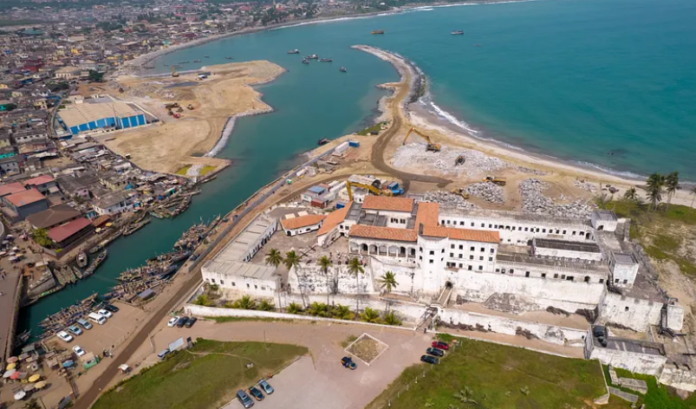I’ve been within driving distance of the Nazi death and slave labor camps in Europe, but as a Jewish man couldn’t emotionally bring myself to visit them.
I’ve traveled all over the world yet haven’t mustered the courage to visit Germany or Poland, except for a layover at the Frankfurt airport. Even that felt weird to me. Of course, today’s Germany isn’t the Germany of the 1930s and 40s, and the country is Israel’s second-largest trade partner.
Yet their history remains intense. Especially for Jews.
I can barely finish a Holocaust documentary without turning it off in tears.
I had four cousins all under the age of five who were slaughtered by the Nazis.
When I toured the United States Holocaust Memorial Museum in Washington, D.C., shortly after it opened in 1993, I felt like I had been punched and kicked. All I could do is return to my hotel and cry for the rest of the day.
The museum tour ends with a giant pile of shoes from actual Jewish Holocaust victims. The shoes, and the death toll of children, hit the hardest. Over 1.5 million Jewish children were murdered in the Holocaust.
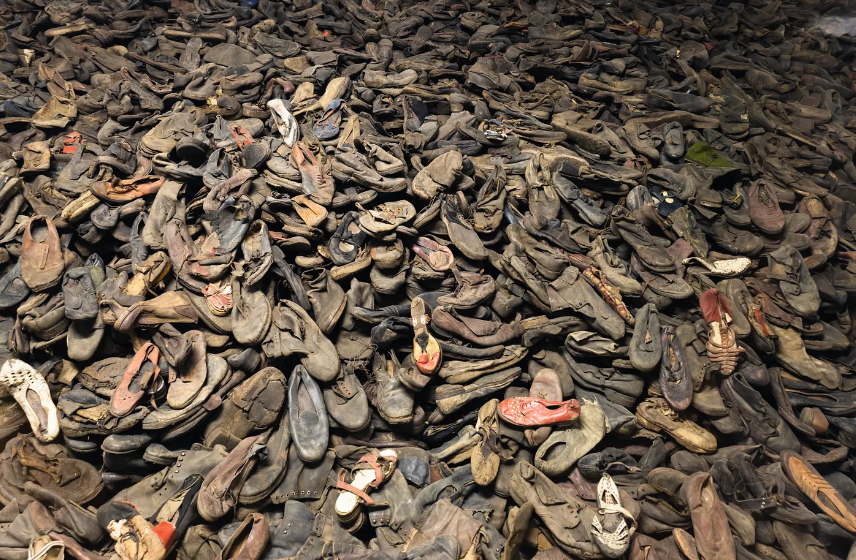
I had a similar reaction the few times I visited the Yad Vashem Holocaust history museum in Jerusalem, where you enter a hallway with pictures that seem to go up to infinity along the wall. The photos are Jewish families in the years before they were slaughtered in the Holocaust.
In their homes. With their loved ones. Happy. But we all know the next part of the story.
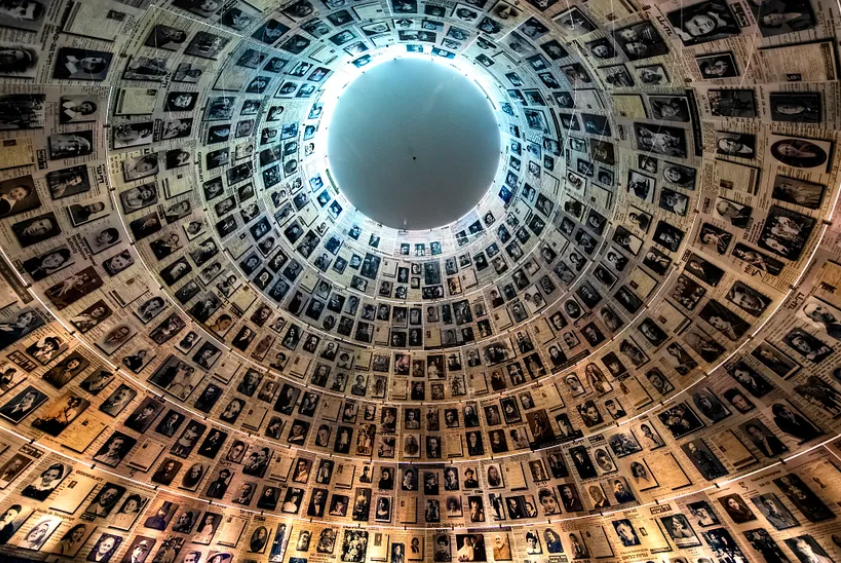
One of the Nazi camps, Auschwitz, located in Poland, was the largest of the Nazi concentration and death camps. Over 1.1 million men, women and children died there.
I visited the Rwandan Genocide Memorial in Kigali in 2021, saw the bloodstained clothes, and left feeling sick.
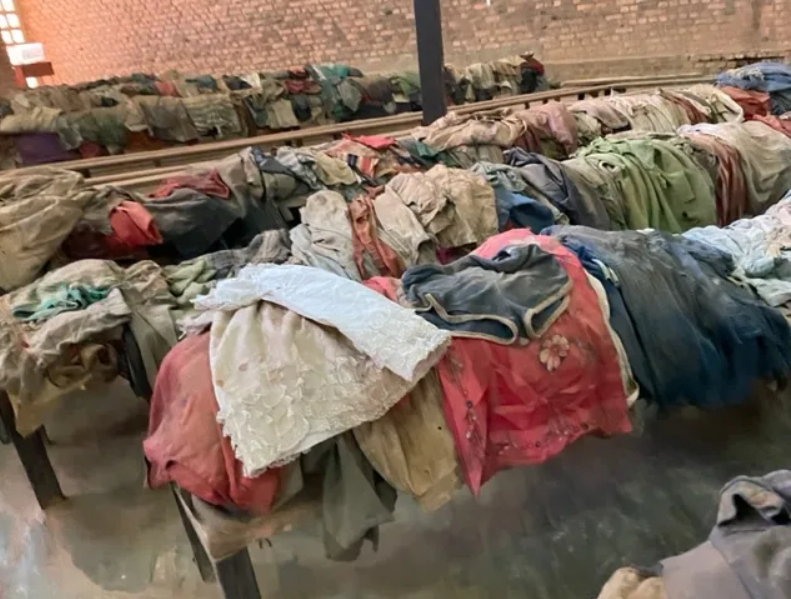
But when death and destruction are personal, it hits different. When it’s your own blood and ancestry.
This week, I visited the dungeons in Elmina and Cape Coast, Ghana where slave traders jammed kidnapped Africans into overcrowded cells before selling them to Europeans to ship to the Americas.
I saw first-hand where Africans forcibly marched to Spanish, English, and Portuguese slave ships.
It was a painful experience. Seeing the actual place where millions of Africans were kidnapped, put in dungeons, abused, and then killed or shipped off for enslavement.
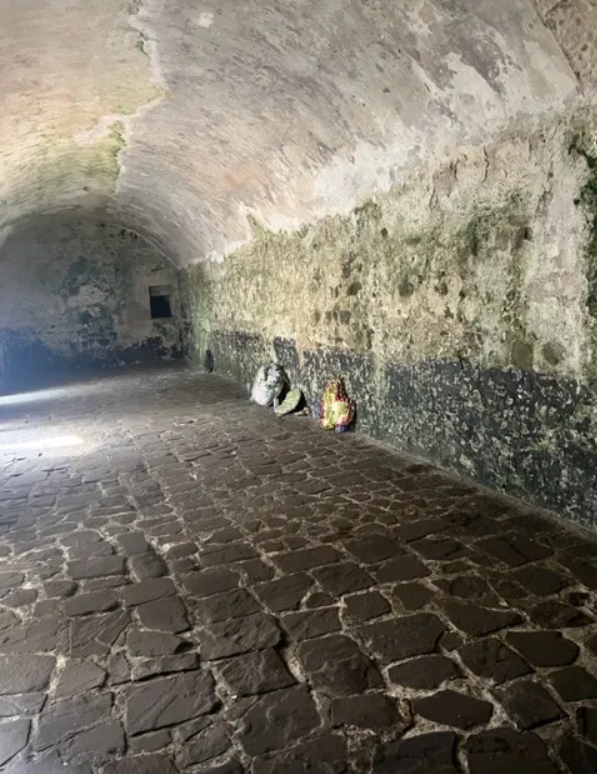
I stood on the same rocks where countless Africans defecated and bled in the dark cramped cells. I remained still as we entered the female dungeon where European governors would choose who they were going to rape.
This is where my Black American friends’ ancestors died or entered the world of slavery.
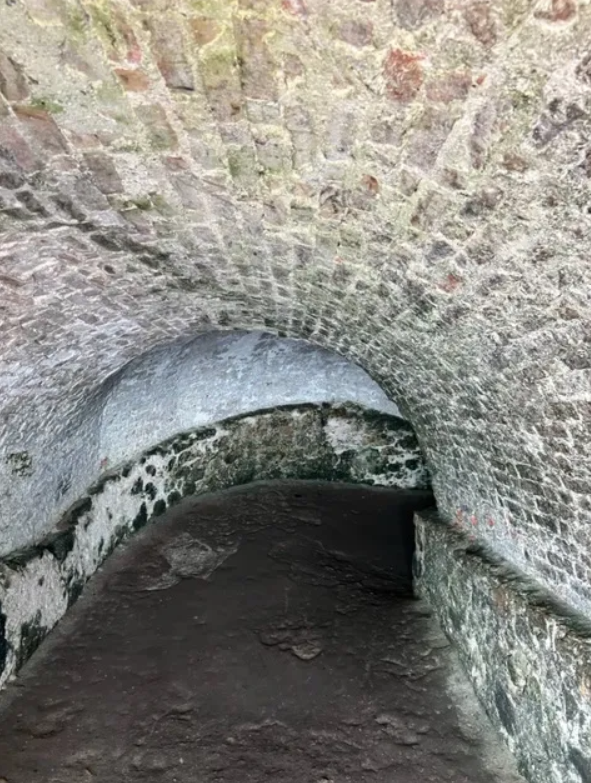
I cried tears mixed with sadness and anger. How could this happen?
But the faces of the Black American men and women I saw visiting the dungeons reflected a deeper reaction than I could ever have.
Their pain, sorrow, reflection, and flowing tears were penetrating. One man, from Los Angeles, likely in his 70s, broke down sobbing.
I asked if he was ok and he just accepted a hug and said “no words.”
Despite the intense pain, my fellow Black Americans’ willingness to connect with and learn from this tragic piece of their family and ancestral history was beyond courageous.
The castle itself has a sign posted to highlight this lesson:
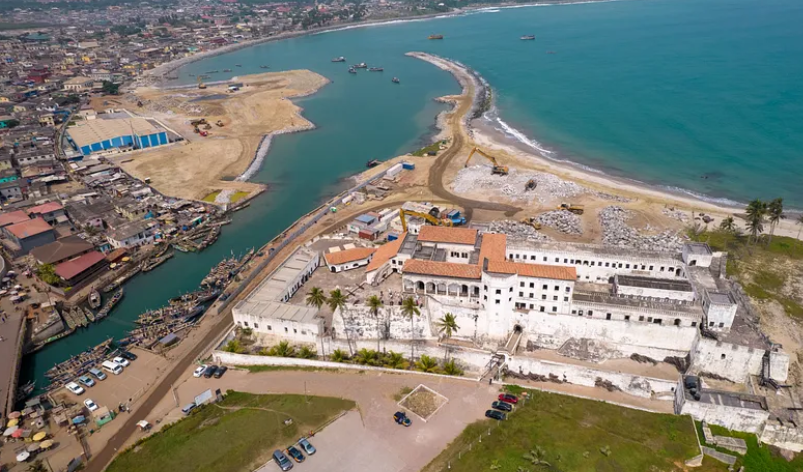
Confronting the trauma our shattered world has left us, while incredibly difficult, can help us all become better justice warriors.
To give us the strength to use challenging yet powerful experiences as an inspiration to better stand up against all forms of hate. Whether the overt kind or the kind embedded into our American systems.
Indeed, the tour ends heading out of the same doors where slaves were loaded onto ships. It’s called the “Door of No Return.” But today, when you come back to the castle, there’s a new sign posted on re-entry called the “Door of Return” to let us know never again.
I won’t ever fully understand the deep wounded feelings of my Black brothers and sisters. But I can use my visit to their tragic history as a tool and inspiration to quadruple my own efforts at eradicating injustice.
May the deaths of so many lost souls be a blessing for us today.
Follow “Jeffery Kass”
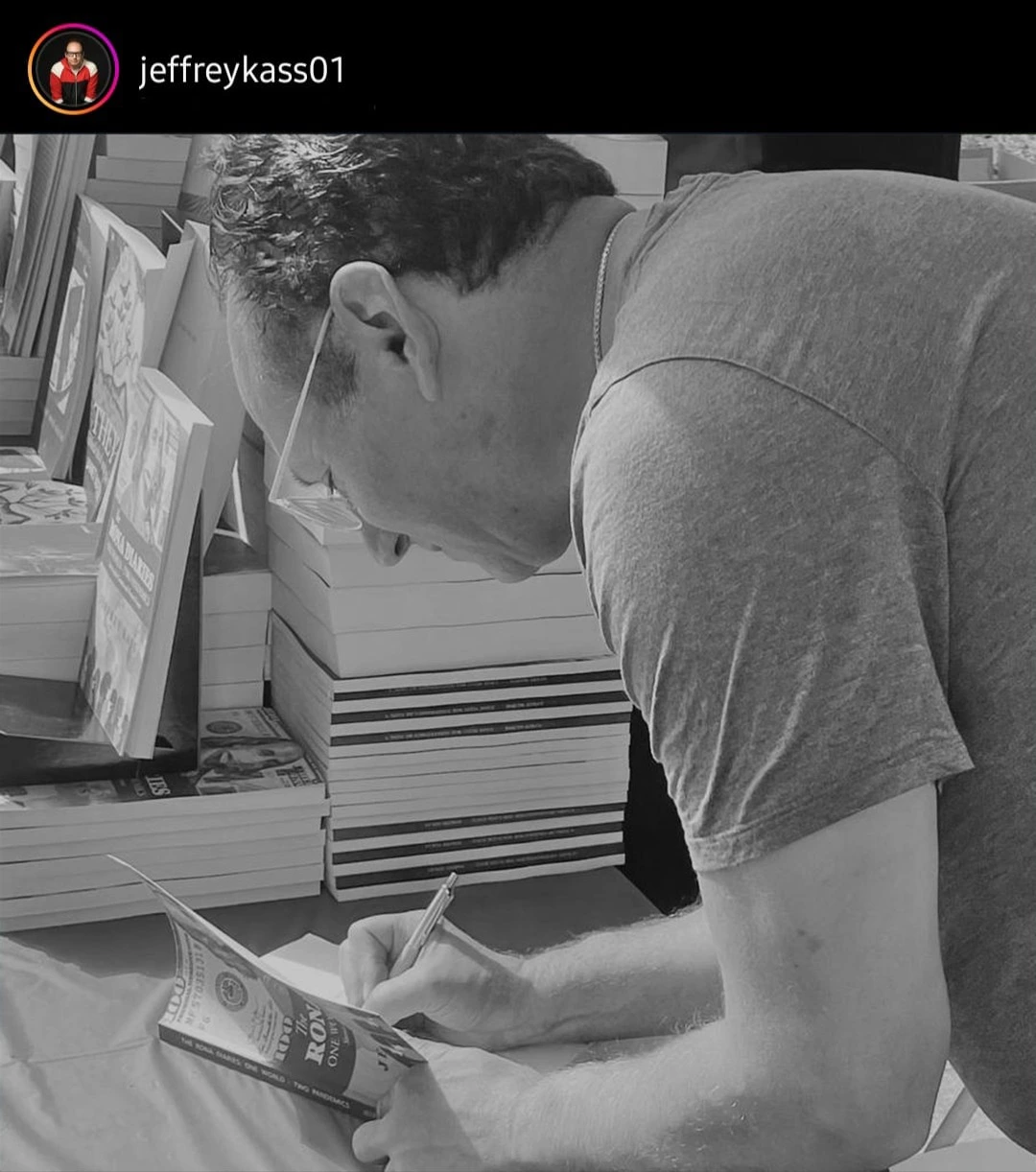
Written by:
Jeffrey Kass


